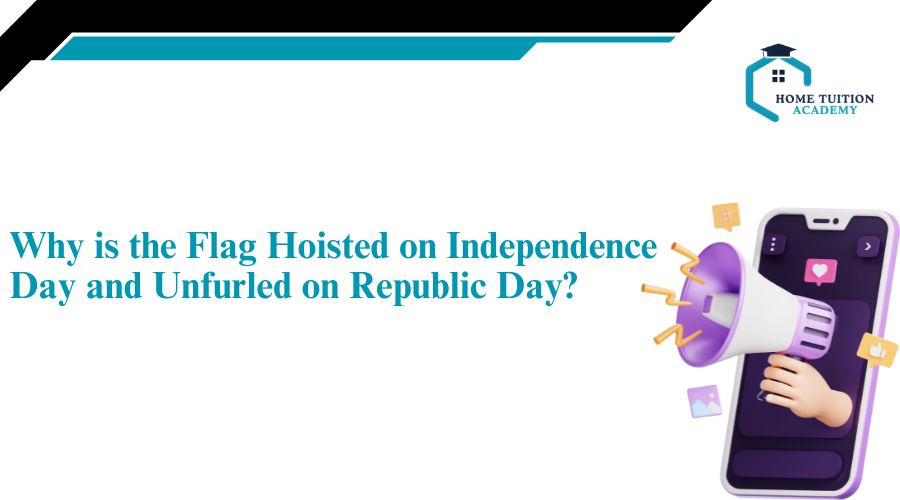The Education Budget 2025-26 marks a significant milestone in India\’s educational landscape with an allocation of ₹1.28 lakh crore, demonstrating the government\’s commitment to nurturing future generations. This analysis explores the allocation, year-on-year trends, major schemes, sector-wise funding, benefits, and anticipated impacts.
1. Budget Overview
The Ministry of Education received a record ₹1.28 lakh crore, with ₹78,572 crore for school education and ₹50,078 crore for higher education. Key highlights include enhanced digital learning, infrastructure development, teacher training, and skill-based education.
2. Sector-Wise Breakdown
- Primary Education: Focus on early childhood education through ₹5,000 crore under the National Education Policy.
- Secondary Education: ₹15,000 crore has been earmarked for building and upgrading schools, constructing libraries, laboratories, and smart classrooms, especially in rural and underserved regions.
- Higher Education: ₹12,000 crore for IITs, IIMs, and central universities.
- Research and Innovation: ₹8,500 crore is allocated for research and innovation in education, encouraging R&D, fostering creativity, and driving technological advancements in the education sector.
Also read – Top 10 Schools in Vasundhara
3. Year-on-Year Growth
The budget witnessed a 7.56% increase from ₹1.19 lakh crore in 2024-25, maintaining a steady growth trend.This growth will cater to more students under its umbrella. More students will be able to benefit from this scheme.
4. Key Schemes and Benefits
- Samagra Shiksha Abhiyan: ₹37,000 crore for school reforms.
- PM-POSHAN: ₹11,000 crore will support the expansion of the mid-day meal scheme, ensuring nutritious meals for millions of children, improving attendance and health in schools.
- Digital India Initiative: ₹8,000 crore has been dedicated to integrating advanced technologies like Artificial Intelligence (AI), Virtual Reality (VR), and Augmented Reality (AR) into classrooms, making learning more interactive and accessible.
- Skill Development: ₹6,500 crore is dedicated to vocational education programs, promoting industry-academia partnerships, and providing hands-on training to students, preparing them for future employment opportunities.
5. Visual Representation
year-on-year growth in the education budget
6. Impact and Future Prospects
The budget is set to improve literacy rates, enhance quality education, support research, and create a skilled workforce, propelling India toward global educational excellence.
Conclusion
The Education Budget 2025-26’s significant allocation and innovative focus ensure a stronger, inclusive, and progressive educational framework for India’s future. With increased funding for infrastructure, digital learning, and skill development, this budget is a transformative step toward bridging educational gaps and fostering innovation. The emphasis on research, vocational training, and digital tools will equip students with essential skills for the future. Moreover, the sustained investment in education will enhance India’s global standing, create employment opportunities, and drive socio-economic growth. This budget not only supports current educational needs but also lays a solid foundation for generations to come, making quality education accessible to all and positioning India as a leader in global education and innovation.
FAQs about the Education Budget 2025-26
Q1: What is the total allocation for the Education Budget 2025-26?
The total allocation is ₹1.28 lakh crore, the highest-ever funding for education in India.
Q2: How much has the budget for school education increased compared to last year?
The budget for school education increased by 7%, from ₹73,498 crore in 2024-25 to ₹78,572 crore in 2025-26.
Q3: What are the major new initiatives introduced in this budget?
Key initiatives include AI-based digital learning tools, 10,000 new medical seats, and enhanced funding for research and innovation.
Q4: How does this budget support digital education?
₹8,000 crore has been allocated for digital classrooms, smart learning tools, and AI-driven education platforms.
Q5: What is the impact of the budget on higher education?
The budget provides ₹12,000 crore for IITs, IIMs, and central universities, focusing on research, infrastructure, and international collaboration.
Q6: What is the significance of the increase in education budget?
The increased budget reflects the government\’s commitment to improving education quality, accessibility, and preparing students for future challenges.
Q7: How will this budget affect rural education?
Increased funds aim to build schools, provide digital tools, and train teachers in rural areas.
Q8: What role does the budget play in skill development?
₹6,500 crore is dedicated to vocational training and industry partnerships for skill enhancement.
Q9: Are there provisions for teacher training?
Yes, substantial funds are allocated for advanced teacher training programs and workshops.
Q10: How does the budget support research and innovation in education?
₹8,500 crore is set aside for R&D in education, promoting research, innovation, and technology integration.




